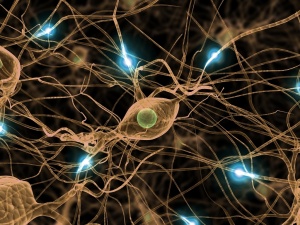MODs vs. NPs: Vying for the Future of Printed Electronics
Abstract
This Minireview compares two distinct ink types, namely metal‐organic decomposition (MOD) and nanoparticle (NP) formulations, for use in the printing of some of the most conductive elements: silver, copper and aluminium. Printing of highly conductive features has found purpose across a broad array of electronics and as processing times and temperatures reduce, the avenues of application expand to low‐cost flexible substrates, materials for wearable devices and beyond. Printing techniques such as screen, aerosol jet and inkjet printing are scalable, solution‐based processes that historically have employed NP formulations to achieve low resistivity coatings printed at high resolution. Since the turn of the century, the rise in MOD inks has vastly extended the range of potentially applicable compounds that can be printed, whilst simultaneously addressing shelf life and sintering issues. A brief introduction to the field and requirements of an ink will be presented followed by a detailed discussion of a wide array of synthetic routes to both MOD and NP inks. Unindustrialized materials will be discussed, with the challenges and outlook considered for the market leaders: silver and copper, in comparison with the emerging field of aluminium inks.
Full Open Access review article:
Source: Preview Image: iStock.com/AzmanL






